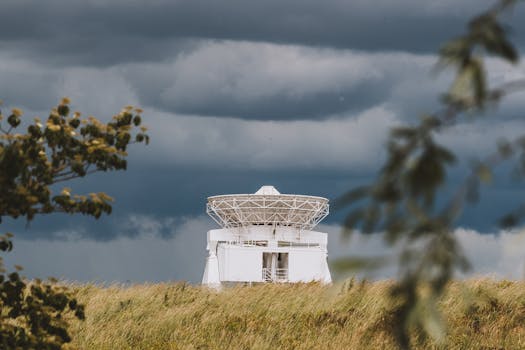
GEO Satellites: Enhancing Global Communication and Navigation
GEO satellites, or Geostationary Orbit satellites, are a type of satellite that orbits the Earth at an altitude of approximately 36,000 kilometers, remaining stationary relative to a fixed point on the Earth’s surface. This unique characteristic allows GEO satellites to provide a wide range of services, including television broadcasting, telecommunications, and weather forecasting. In this article, we will explore the world of GEO satellites, their applications, and their impact on modern society.
GEO satellites have been in use for several decades, with the first GEO satellite, Syncom 2, launched in 1963. Since then, hundreds of GEO satellites have been launched, providing a vast array of services to millions of people around the world. One of the primary applications of GEO satellites is in the field of telecommunications. They are used to transmit telephone, television, and internet signals, connecting people and communities across the globe. GEO satellites are also used for navigation, providing location information and timing signals for a wide range of applications, including aviation, maritime, and land transportation.
Applications of GEO Satellites
GEO satellites have a wide range of applications, including television broadcasting, telecommunications, weather forecasting, and navigation. They are also used for Earth observation, providing valuable data on the Earth’s climate, oceans, and land surfaces. In addition, GEO satellites are used for scientific research, providing a platform for scientists to conduct experiments and gather data on the Earth’s atmosphere and the universe.
One of the most significant applications of GEO satellites is in the field of telecommunications. They are used to transmit telephone, television, and internet signals, connecting people and communities across the globe. GEO satellites are also used for navigation, providing location information and timing signals for a wide range of applications, including aviation, maritime, and land transportation. In addition, GEO satellites are used for weather forecasting, providing valuable data on the Earth’s climate and weather patterns.
Impact of GEO Satellites on Modern Society
GEO satellites have had a profound impact on modern society, providing a wide range of services that have transformed the way we live, work, and communicate. They have enabled global communication, connecting people and communities across the globe. GEO satellites have also enabled global navigation, providing location information and timing signals for a wide range of applications. In addition, GEO satellites have enabled global weather forecasting, providing valuable data on the Earth’s climate and weather patterns.
GEO satellites have also had a significant impact on the global economy, enabling international trade and commerce. They have enabled the transmission of financial data, facilitating global financial transactions. In addition, GEO satellites have enabled the transmission of news and information, providing a global audience with access to news and current events.
Future of GEO Satellites
The future of GEO satellites is bright, with new technologies and applications emerging all the time. One of the most significant developments is the emergence of high-throughput satellites, which are capable of transmitting large amounts of data at high speeds. These satellites are expected to play a key role in the development of 5G networks, providing high-speed internet access to millions of people around the world.
In addition, GEO satellites are expected to play a key role in the development of the Internet of Things (IoT), providing connectivity for a wide range of devices and applications. They are also expected to play a key role in the development of autonomous vehicles, providing location information and timing signals for navigation and control.



